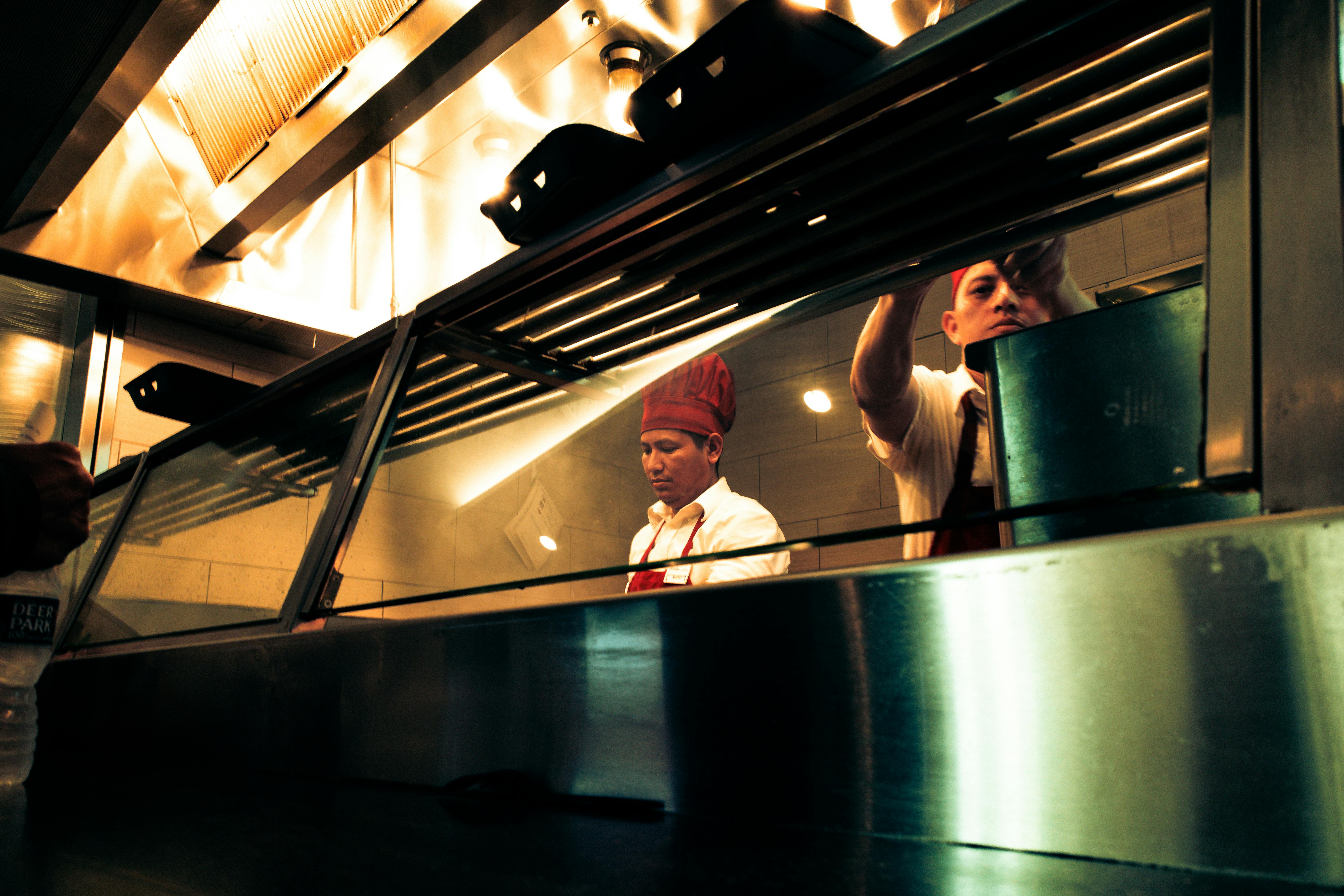What is cappuccino? Many people confuse this coffee drink with a latte, another form of Italian coffee found in most coffee shops in the United States. The main difference between the two is that a latte has double the milk (usually whole milk, but you can order 2 percent or even skim) and no milk foam.
In fact, the milk foam that floats on top of a cappuccino is what sets it apart from most other coffee drinks. Traditionally served in a porcelain cup, the foam acts as an insulator and keeps the drink hot for longer. In addition, the porcelain acts as another heat retainer. Paper and glass cups tend to allow heat to percolate faster.
A cappuccino begins with a shot of espresso. The barista then steams the milk, which is the second most important ingredient. If the texture and temperature of the milk are not right, the drink will not be as good as it should be.
When the milk is steamed well, it will be velvety and sweet. The barista will then float a centimeter of the frothed milk on top of the espresso. If one prefers their cappuccino to have more or less milk, the order would be for a wet or dry cappuccino, respectively.
Until the mid-1990s, Americans weren’t very fond of cappuccino. It is not known if it was because people did not know what the drink was or because it was not cold enough to drink. However, when luxury coffee shops began to spring up en masse, more and more people started ordering the drink.
Traditionally, cappuccinos in Italy are served with breakfast. Usually, Italians drink them exclusively in the morning, although in other countries it is customary to drink them after dinner. Hopefully, now that you’ve learned the “what is cappuccino” question, you’ll be able to impress your friends with your new found knowledge.
